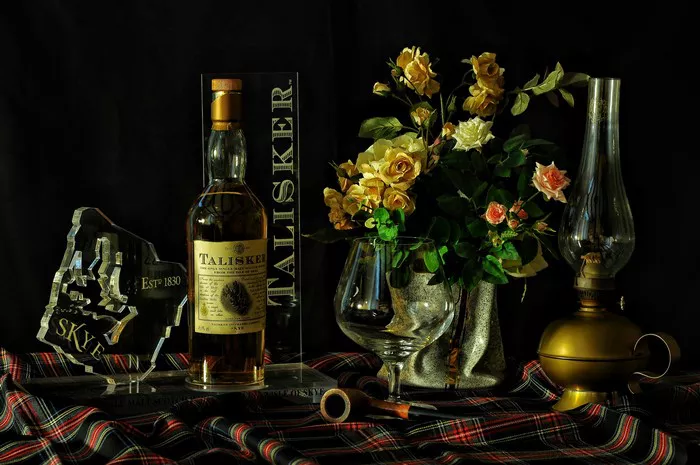Mimosas are a delightful blend of champagne and citrus juice, typically orange juice. This refreshing cocktail is popular for brunch and celebrations. The choice of champagne significantly impacts the mimosa’s flavor and overall experience. Understanding the different types of champagne can enhance your mimosa-making skills. In this article, we will delve into the best types of champagne for mimosas, their characteristics, and how they contribute to this beloved drink.
Understanding Champagne
What is Champagne?
Champagne is a sparkling wine produced exclusively in the Champagne region of France. It is made from specific grape varieties: Chardonnay, Pinot Noir, and Pinot Meunier. The unique terroir and production methods contribute to champagne’s distinct characteristics. Champagne undergoes secondary fermentation in the bottle, which creates its signature bubbles. Understanding these elements will help you choose the right champagne for your mimosa.
Types of Champagne
There are various styles of champagne, including non-vintage, vintage, blanc de blancs, and blanc de noirs. Non-vintage champagne blends wines from different years, providing a consistent taste. Vintage champagne, made from grapes harvested in a single year, offers unique flavors. Blanc de blancs uses only Chardonnay grapes, resulting in a lighter, more delicate taste. In contrast, blanc de noirs is made from Pinot Noir and Pinot Meunier, giving it a richer flavor profile. Each type has its qualities, influencing the mimosa’s taste.
Selecting the Best Champagne for Mimosas
Flavor Profile Considerations
When choosing champagne for mimosas, consider the flavor profile. A good mimosa should balance the acidity of the orange juice with the sweetness of the champagne. Dry champagnes, such as brut, are ideal as they complement the citrus without overwhelming it. Extra brut champagnes have even less sugar, offering a crisp taste that pairs well with juice. These options ensure a harmonious blend, enhancing the overall experience.
Price Range and Quality
Champagne can vary significantly in price. While expensive options can be tempting, it’s essential to find a good balance between quality and cost. You don’t need to splurge on high-end vintage champagne for mimosas. A solid non-vintage brut or a quality Cava or Prosecco can work beautifully. Look for labels that indicate a blend of good grapes and reputable production methods. This approach allows you to enjoy delicious mimosas without breaking the bank.
Popular Champagne Choices for Mimosas
Non-Vintage Brut Champagne
Non-vintage brut champagne is often the go-to choice for mimosas. This style provides a balanced flavor that complements the orange juice well. It typically has bright acidity and subtle fruit notes, enhancing the drink’s refreshing qualities. Brands like Moët & Chandon Imperial and Veuve Clicquot Yellow Label are popular options. These champagnes are widely available and deliver consistent quality, making them perfect for brunch gatherings.
Cava and Prosecco Alternatives
If you’re looking for alternatives to traditional champagne, consider Cava and Prosecco. Cava, a sparkling wine from Spain, offers excellent value and a crisp, clean taste. It typically has notes of green apple and citrus, making it a delightful choice for mimosas. Prosecco, from Italy, is slightly sweeter and fruitier, adding a unique twist to the classic recipe. Both options are budget-friendly and can elevate your mimosa experience.
How to Make the Perfect Mimosa
Ingredients for Mimosas
To craft the perfect mimosa, start with quality ingredients. Use freshly squeezed orange juice for the best flavor. While store-bought juice can work in a pinch, fresh juice elevates the drink. Combine equal parts champagne and orange juice in a glass. Adjust the ratio based on personal preference; some may prefer a stronger champagne taste, while others might like a fruitier drink.
Serving Tips
Presentation matters when serving mimosas. Use elegant champagne flutes to enhance the experience. Chill the champagne before serving to maintain its crispness. For a twist, consider adding garnishes like a slice of orange or a sprig of mint. This adds visual appeal and extra flavor. Serving mimosas as part of a brunch spread can create a festive atmosphere, inviting guests to indulge.
See Also: How Many Calories in a Bottle of Chardonnay?
Enhancing Your Mimosa Experience
Flavor Variations
While classic mimosas are made with orange juice, feel free to experiment with other citrus juices. Grapefruit, pineapple, or cranberry juice can add exciting flavors to the drink. Mixing different juices can create a unique taste profile that complements various occasions. Don’t hesitate to try different combinations to find your perfect blend.
Pairing Mimosas with Food
Mimosas pair wonderfully with a variety of brunch dishes. Light, fruity flavors complement sweet pastries, pancakes, and fresh fruits. For heartier meals, like quiches or savory breakfast dishes, the crispness of the champagne balances the richness of the food. Consider creating a brunch menu that harmonizes with your mimosa selection, enhancing the overall dining experience.
Conclusion
In conclusion, the best champagne for mimosas depends on your taste preferences and budget. Non-vintage brut champagne, Cava, and Prosecco are all excellent choices that can elevate your mimosa experience. By understanding the characteristics of each type and experimenting with flavors, you can create the perfect mimosa for any occasion. Enjoying this delightful drink with friends and family can make any gathering feel special. Cheers to your next mimosa adventure.
You Might Be Interested In:


